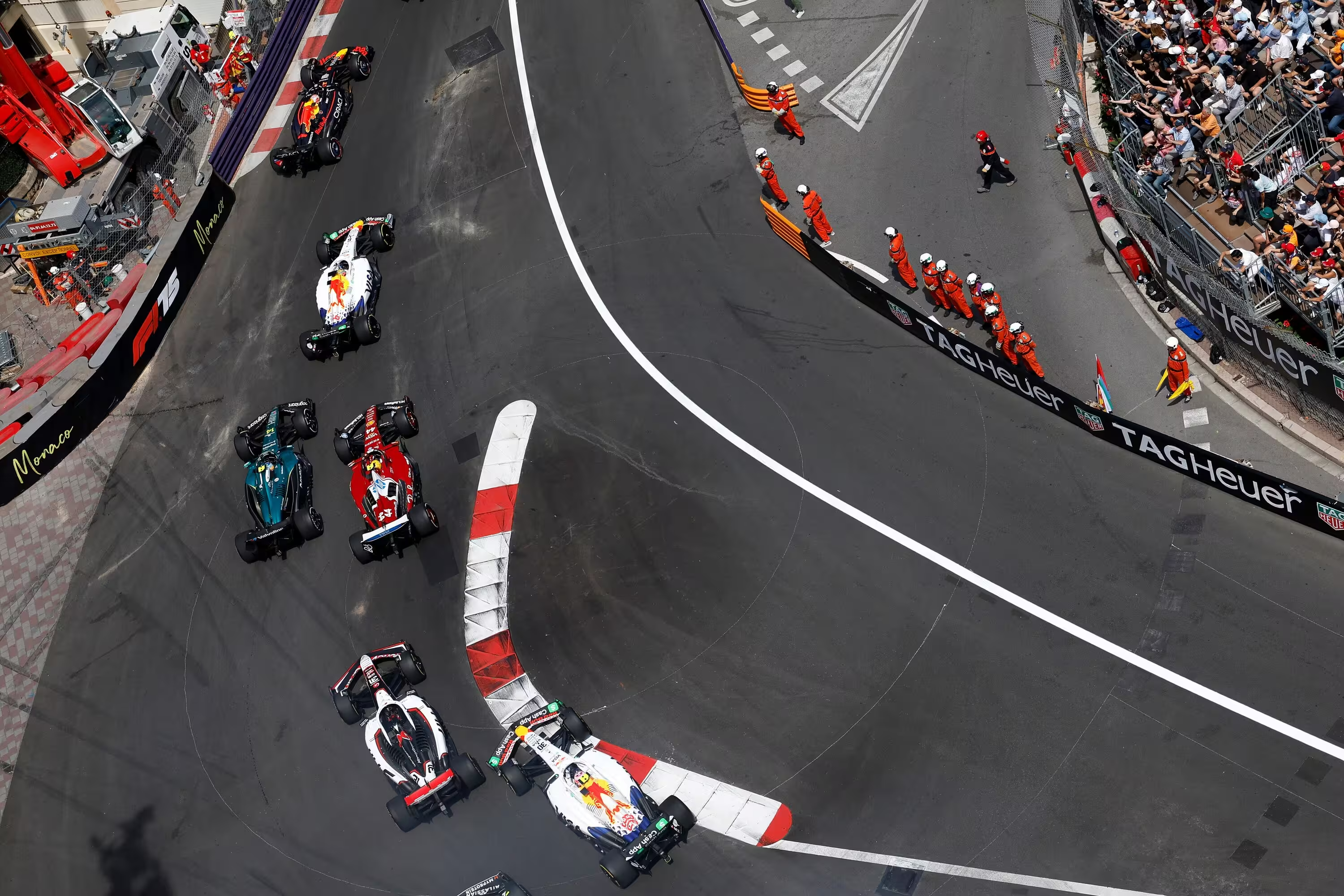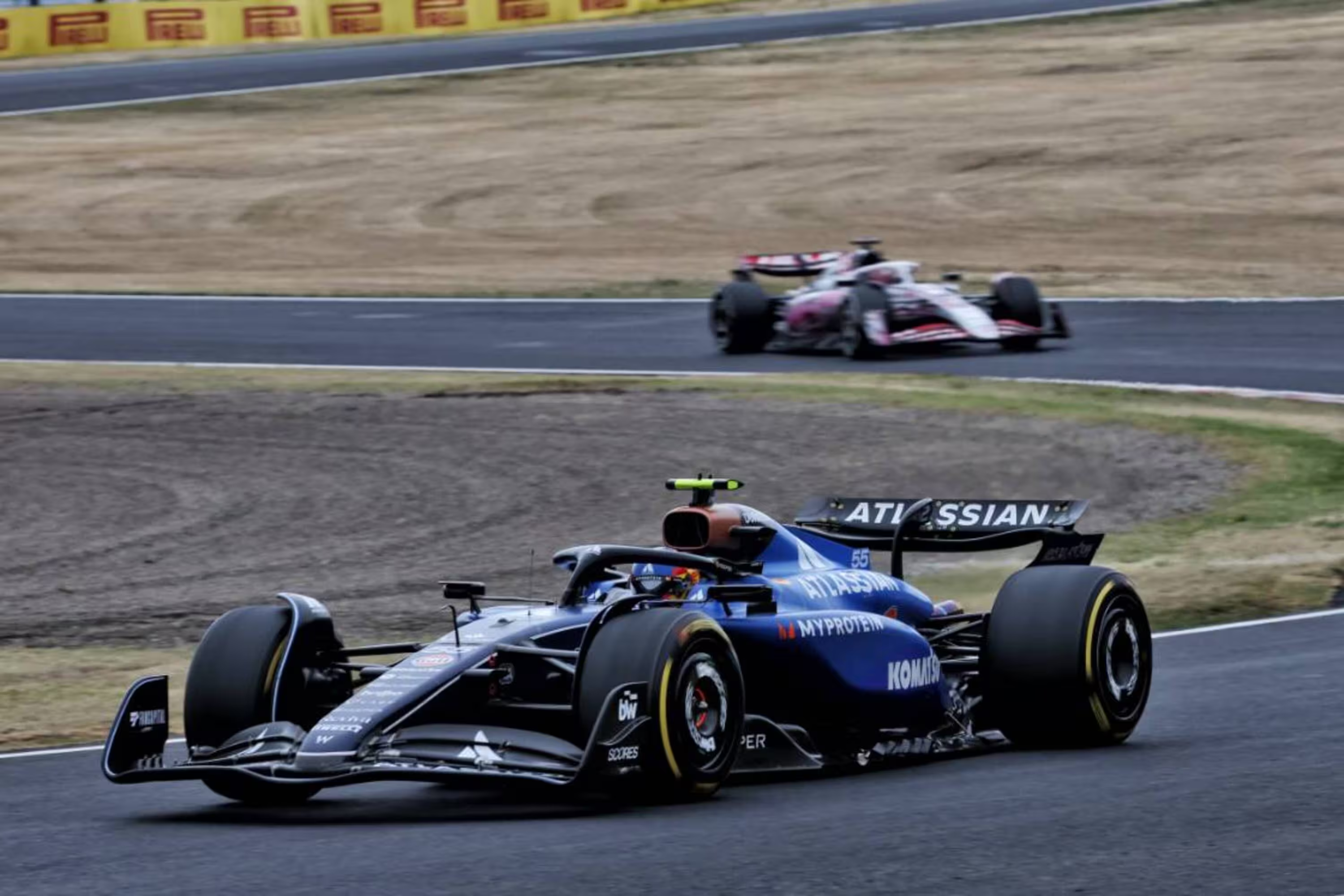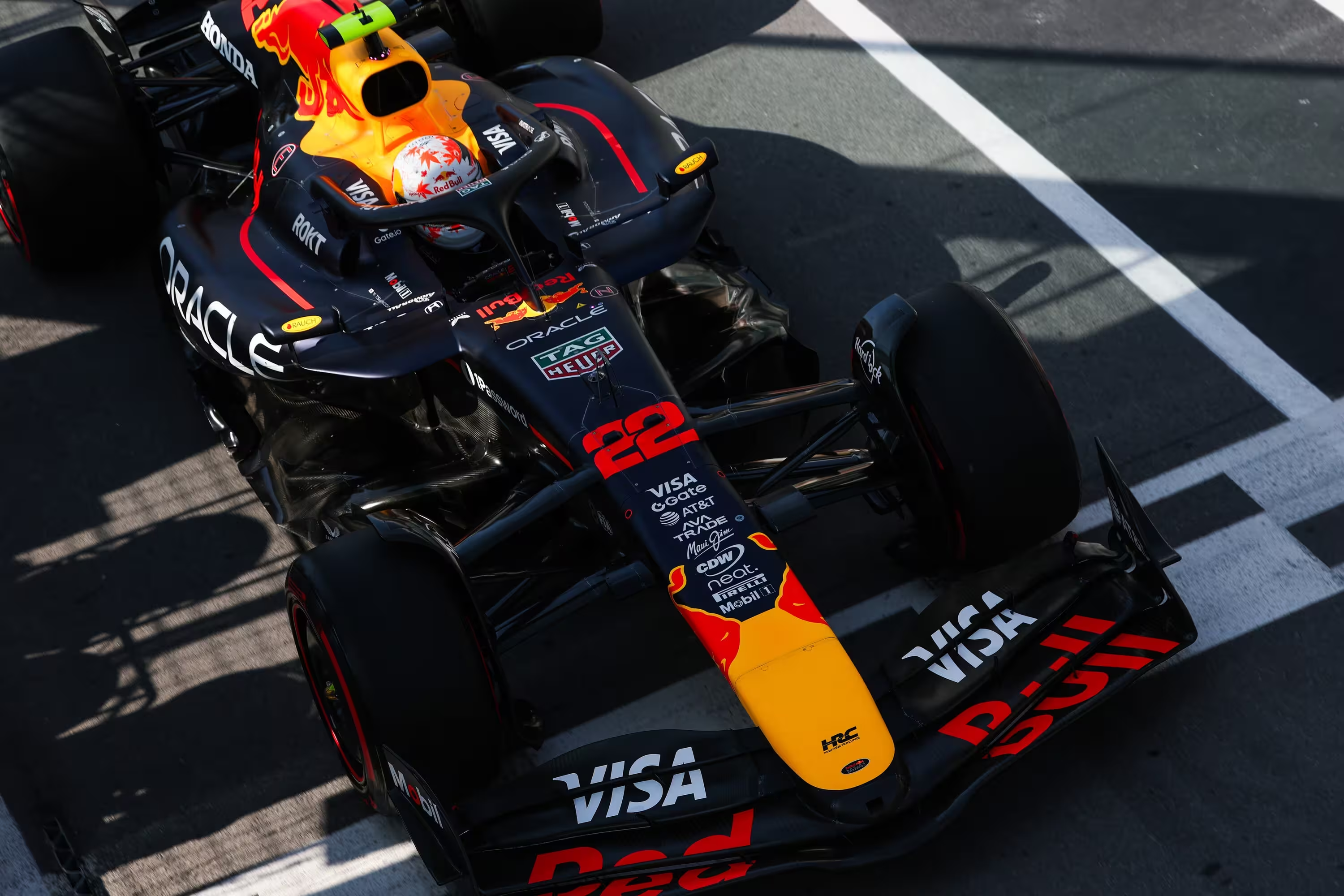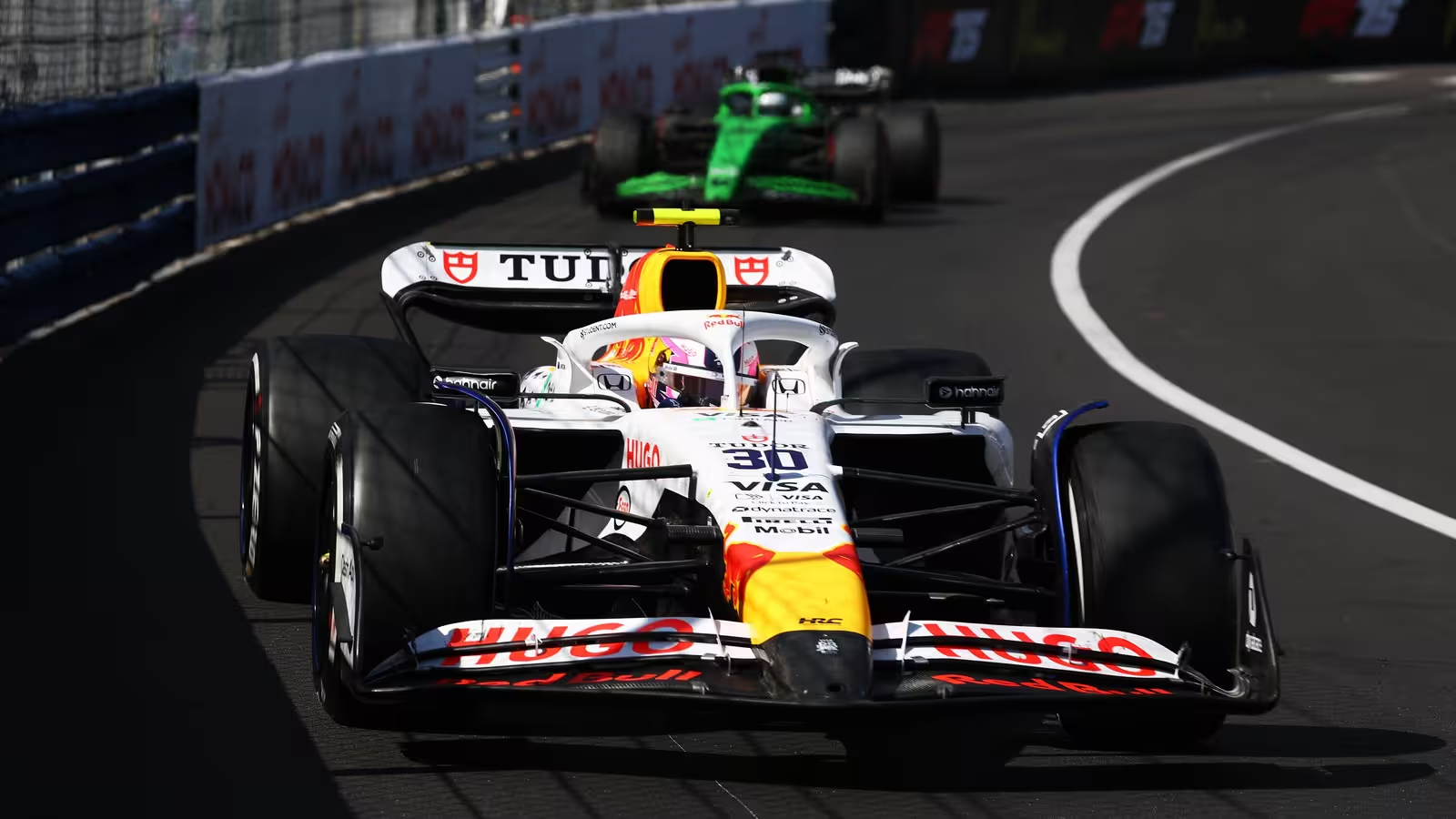13 Minutes
F1 Special: The Class of 2025 — Summer Break Rankings (21–15)
As Formula 1 heads into its mandatory summer shutdown, the paddock pauses for reflection. The first half of 2025 delivered a mix of breakthroughs and disappointments: some drivers consolidated their reputations, while others struggled under pressure. In this midseason review we rank drivers placed 21st through 15th, assessing not just results but context — car characteristics, reliability, racecraft, qualifying performance and seat security. These assessments neither excuse team failings nor ignore driver errors; instead they aim to give a balanced, automotive-minded view for fans and professionals alike.
How we judge drivers
Rankings balance raw results (best finish, championship position) with qualitative factors: qualifying form, race pace, consistency, incidents, and adaptability to different circuits and conditions. We also consider the car: its aerodynamic balance, power unit behavior, chassis characteristics and how those traits amplified or masked driver strengths and weaknesses.

21) Jack Doohan — Alpine
Summary & results
Best finish: 13th — Championship position: 21st. Doohan’s rookie campaign with Alpine started under a cloud: the off-season arrival of Franco Colapinto put immediate pressure on his seat and performance. Despite flashes of speed — reaching Q2 in Australia and showing strong single-lap pace at Bahrain — race incidents and a high-speed crash in Japan undermined his progress. Several early collisions and race-ending contact in Miami concluded a turbulent opening half.
Car characteristics & technical brief
Alpine’s 2025 contender is a wind-sensitive, aero-focused package that rewards precise setup and patient tyre management. The car’s sensitivity to DRS setup and rear-wing stability placed a premium on operational consistency — a tough ask for a rookie adapting to F1’s mechanical grip limits and hybrid deployment strategies. Typical modern F1 specs apply: 1.6-litre turbo V6 hybrid power units, energy recovery systems (ERS), carbon monocoque chassis and complex aerodynamic surfaces that expose any setup or driver inconsistency.

Performance analysis
Doohan showed one-lap pace but struggled to translate it into racecraft. His errors under pressure — especially the Japan practice crash attributed to DRS procedure — cost the team time, development mileage and confidence. In the formula of modern F1, where qualifying starts and race opening laps are decisive, small mistakes compound quickly.
Market positioning & outlook
Doohan’s seat security evaporated over the first half. Even if his outright speed hinted at potential, accumulated incidents and the presence of Colapinto altered Alpine’s long-term calculus. From a market perspective, Doohan’s path will depend on a clean second half and recovery in simulator and test programs.
20) Franco Colapinto — Alpine
Summary & results
Best finish: 13th — Championship position: 20th. After a bright cameo at Williams in 2024, expectations were high when Colapinto joined Alpine. That potential has yet to translate into consistent points. Seven starts without a championship point and several high-pressure errors left team management frustrated.

Car & setup considerations
Driving Alpine’s aero-centric car demands smooth inputs and strong tyre management. Colapinto’s mistakes — crashing in Q1 at Imola or near-misses while being lapped — often stemmed from overdriving in search of performance. Modern F1 chassis amplify driver input: small steering or throttle misjudgements become big events.
Performance analysis
Colapinto’s strengths remain visible — Montreal’s out-qualifying of his teammate and a fleeting stint in the points show raw speed. Yet under pressure he has tended to overcook sessions, producing damage costs that outweigh the isolated positives. For a young driver in a factory-backed seat, the learning curve is steep: team patience can be limited when development miles and results are at stake.
Market positioning & outlook
Colapinto is still widely regarded as a talent with upside, but his future depends on immediate improvements in racecraft and qualifying composure. If he can convert pace into points without frequent incidents, Alpine and potential suitors will retain faith. Otherwise, he risks being viewed as a high-upside project with short-term risk.
19) Yuki Tsunoda — Racing Bulls / Red Bull Racing
Summary & results
Best finish: 9th — Championship position: 18th. Tsunoda began 2025 with momentum, securing double Q3 appearances and earning a late call-up to Red Bull Racing for his home race in Suzuka. After moving up, however, his form regressed: qualifying struggles, contact incidents and inconsistent race pace characterised the second half of his first stint with the main team.
Car & technical context
Red Bull Racing’s RB21 (and its successors) are high-downforce, sensitive machines with strong aerodynamic efficiency. Their behavior rewards aggressive style but punishes misjudgement. Tsunoda’s difficulties with RB21’s setup window and ERS delivery contributed to off-pace weekends and avoidable collisions.
Performance analysis
Tsunoda has been out-qualified by Max Verstappen every time they’ve been teammates — a tough benchmark — and made Q3 only once in the last seven races. His renewed involvement in collisions and recurring errors suggest confidence issues. The arrival of experienced engineering staff might help, but Tsunoda’s trajectory looks uncertain unless he regains the composure that made him an F1 regular.
Market positioning & outlook
Once considered a logical internal candidate for a top seat, Tsunoda now faces a crossroads. Continued regression risks an exit at season’s end; conversely, a strong second half could restore his reputation enough to remain in the Red Bull ecosystem or attract midfield offers.
18) Carlos Sainz — Williams
Summary & results
Best finish: 8th — Championship position: 16th. Sainz’s move to Williams was a high-profile coup and he arrived expected to lead the midfield. However, adaptation issues have seen him consistently outperformed by Alex Albon. After an encouraging start (five Q3 appearances in the first seven races), Sainz endured a poor stretch, failing to reach Q3 and scoring only five points in the subsequent seven rounds.
Car & engineering notes
Williams’ package in 2025 favors drivers who can extract performance from a stable aerodynamic platform and precise tyre warm-up. The car rewards a particular steering and throttle style; Sainz’s traditional mid-corner carry setup appeared at odds with Williams’ balance, which may explain the adaptation lag.
Performance analysis
Sainz’s qualifying decline and race results represent his worst form since 2016. While bad luck has played a part, being consistently behind Albon in both one-lap pace and race management is the principal concern. That said, experienced drivers can rebound: Sainz’s technical feedback and racecraft give him tools to adapt if the team supports setup adjustments better matched to his driving style.
Market positioning & outlook
For a driver who once raced for Ferrari, this is a reputational dip rather than an endpoint. Sainz’s marketability and past performance mean teams will watch his return to form closely. A string of improved qualifying results and points finishes in the second half could re-establish him as a midfield leader.
17) Oliver Bearman — Haas
Summary & results
Best finish: 8th — Championship position: 19th. Bearman entered his first full season with high expectations after limited 2024 outings. He shone at times with bold overtakes in China and Japan and a recovery to 10th from last in Bahrain. Yet erratic behaviour and penalty points have punctuated his campaign.
Car & performance traits
Haas’ 2025 car emphasizes mechanical grip and stable tyre windows, rewarding calculated passing and defensive discipline. Bearman’s attacking style has produced brilliant moves but also breaches of race control (overtaking under red flags, speeding under red flags). These procedural mistakes have boxed him into recovery modes and grid penalties.
Performance analysis
Bearman’s raw talent is clear: he can pass, defend and extract pace from traffic. The main hurdle is maturity — cleaning up racecraft and avoiding procedural infringements will unlock consistent points. Encouragingly, he picked up momentum late in the half-season with a seventh in the Sprint at Spa.
Market positioning & outlook
Bearman is a long-term asset for Haas. With coaching and a focus on race control discipline, he can convert promise into steady results. The team’s midfield status gives him a runway to grow without immediate seat pressure.
16) Lance Stroll — Aston Martin
Summary & results
Best finish: 6th — Championship position: 12th. After a difficult end to 2024, Stroll began 2025 strongly, scoring a tricky sixth in Melbourne and benefiting from Ferrari exclusions in China. A wrist injury in April hampered his form and even led to a mid-race withdrawal in Spain, but he returned strongly in wet conditions at Silverstone and produced Aston Martin’s best weekend (Hungary) with a season-best qualifying sixth.
Car & dynamics
Aston Martin’s chassis is competitive and adaptable across conditions — it rewards drivers who can manage aggressive aero balance changes and tyre warm-up in variable weather. Stroll’s strengths in the wet and at street circuits exploit the car’s stability, while dry races have sometimes shown a lack of consistency compared to Fernando Alonso.
Performance analysis
Stroll remains an occasional points threat but struggles to string results together. His wet-weather pace and ability to capitalize on chaotic races are assets, yet injuries and patchy dry-weather performance limit his impact. If he matches Alonso more regularly, Aston Martin benefits; otherwise the team can appear single-car focused.
Market positioning & outlook
Stroll’s seat is secure for now, but he needs more consistent dry-weather results to shake the notion of being the second driver. Strong performances in the second half will strengthen his standing; continued stops-and-starts will fuel speculation about team hierarchy and role.
15) Liam Lawson — Racing Bulls
Summary & results
Best finishes: 6th and 8th — Championship position: within top 15 range. Lawson started 2025 on a high after winning a full-time seat at Red Bull Racing. However, a pair of poor April races led to his demotion back to Racing Bulls from Suzuka onward. The move proved revitalizing: Monaco returned an eighth-place score, Austria a standout weekend where he out-qualified Verstappen and finished sixth, and strong showings at Spa and the Hungaroring closed his first half on a positive note.
Car & racecraft
Racing Bulls’ car and Red Bull’s junior program emphasize adaptability and aggressive racecraft: Lawson fits the profile. The junior team’s chassis offers solid downforce and tyre management characteristics that favor drivers who can extract late-braking performance and defend at high speed.
Performance analysis
Lawson’s mid-season demotion might have been a blessing in disguise: it removed top-team pressure and allowed him to rebuild confidence. The results since demotion show maturity and a capacity to score regularly. Out-qualifying Verstappen in Austria (albeit in different contexts) underlined his speed when everything clicks.
Market positioning & outlook
Lawson’s trajectory is bullish: the demotion didn’t end his F1 prospects; instead he appears to have stabilized. If he maintains consistency and keeps up pace against teammates like Isack Hadjar, Lawson will remain a frequent points contender and continue to attract interest across the paddock.
Comparisons, car performance and technical perspective
Across these seven drivers, a few patterns emerge. First, modern F1 cars are technically demanding: aero sensitivity, hybrid energy deployment and narrow tyre windows mean a driver’s adaptability and procedural discipline are as important as outright speed. Second, midfield car specifications differ — some teams emphasize mechanical grip (Haas, Williams), others aerodynamic efficiency (Red Bull, Alpine) — creating mismatches between driver style and chassis behaviour that can either magnify talent or expose weaknesses.
From a market and commercial perspective, veteran drivers like Sainz are judged on immediate results and leadership value; young talents (Bearman, Colapinto, Doohan) are measured against learning curves and damage profiles. Teams also consider brand fit and sponsor value when making seat decisions: a driver who brings consistent points and clean technical feedback is a valuable asset in both sporting and commercial terms.
Final takeaways — who needs to change course?
Drivers already under pressure (Doohan, Colapinto, Tsunoda) must prioritize clean weekends, sharpen qualifying performance and reduce contact incidents. Others (Sainz, Stroll) need tactical adjustments to extract car performance across wet and dry conditions. Young talents such as Bearman and Lawson show clear upside: with discipline and consistent racecraft they can be midfield mainstays and future leaders.
As the paddock cools down during the summer break, teams will analyse telemetry, update aero packages, and reassess driver-development plans. For these seven drivers, the second half of 2025 will be decisive: rehabilitation, consolidation or departure from the current seat may all be on the line.
Whether you’re a fan of driver narratives, car engineering or tactical championship battles, the midseason pause offers the perfect moment to examine how chassis design, power unit behavior and driver psychology combine to shape results. Expect a reshuffle in form when the lights go green again.
Source: autoevolution


Leave a Comment